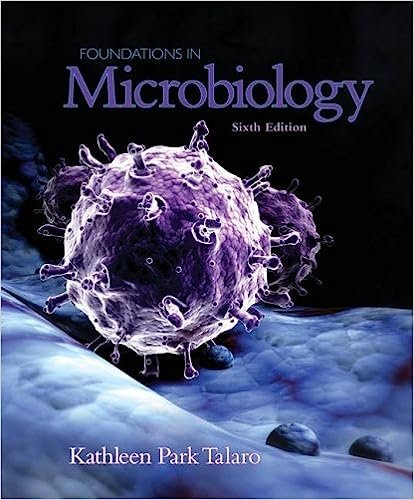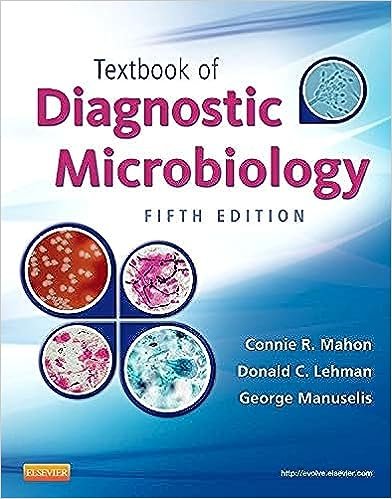Test Bank for Bailey and Scotts Diagnostic Microbiology 14th Edition by Tille
Chapter 06: Role of Microscopy
Tille: Bailey & Scott’s Diagnostic Microbiology, 14th Edition
MULTIPLE CHOICE
- In microscopy, resolution can be defined as the:
| a. | magnification power. |
| b. | extent to which detail in the magnified object is maintained. |
| c. | ability of objects to stand out from the background. |
| d. | ability to see objects against a black background. |
ANS: B
The extent to which detail in the magnified object is maintained is called resolution.
REF: 73
- Contrast in microscopy is most commonly achieved by:
| a. | changing objectives for various specimens. |
| b. | increasing the resolution or resolving power. |
| c. | staining techniques. |
| d. | adding a blue filter to the light path. |
ANS: C
Various staining techniques are used to increase contrast and make objects appear more visible.
REF: 74
- The first step in the Gram-stain sequence is the application of _______, which is the primary stain.
| a. | safranin |
| b. | crystal violet |
| c. | Gram’s iodine |
| d. | Gram’s decolorizer |
ANS: B
Crystal violet is the primary stain used in the Gram-stain sequence.
REF: 75
- A mordant that is applied after the primary stain to bond chemically the alkaline dye to the bacterial cell wall is:
| a. | safranin. |
| b. | crystal violet. |
| c. | Gram’s iodine. |
| d. | Gram’s decolorizer. |
ANS: C
Gram’s iodine serves to stabilize the crystal violet in the cell wall of gram-positive bacteria.
REF: 75
- After which step in the Gram-stain procedure are gram-positive bacteria first distinguished from gram-negative bacteria?
| a. | Crystal violet |
| b. | Iodine mordant |
| c. | Gram’s decolorizer |
| d. | Safranin |
ANS: C
Up until the decolorizer step, all bacteria and cells appear the same during the Gram-stain procedure.
REF: 75
- The acid-fast stain is specifically designed for bacteria whose cell walls contain:
| a. | teichoic acids. |
| b. | mycolic acids. |
| c. | peptidoglycan. |
| d. | disaccharide-pentapeptide subunits. |
ANS: B
Mycolic acids render the bacterial cells resistant to decolorization and thus cause acid-fast organisms to maintain the primary stain in the acid-fast staining procedure.
REF: 79
- In the Kinyoun acid-fast staining method, ______ replaces _____ in the primary stain solution.
| a. | increased phenol; heat |
| b. | heat; increased phenol |
| c. | mycolic acid; heat |
| d. | carbolfuchsin; phenol |
ANS: A
The Kinyoun method is one in which the heat step of the traditional acid-fast staining method is replaced by increased phenol.
REF: 79
- Of the different types of staining and microscopic techniques, which one of the following is basically the most sensitive?
| a. | Chromogenic |
| b. | Fluorescence |
| c. | Phase contrast |
| d. | Light field |
ANS: B
Fluorescence makes the object appear bright against a dark background, making it easier to see on low magnifications.
REF: 81
- The fluorochrome stain that can be used to detect mycobacteria is:
| a. | calcofluor white. |
| b. | acridine orange. |
| c. | auramine. |
| d. | immunofluorescence. |
ANS: C
The mycolic acids in the cell walls of mycobacteria have an affinity for auramine and rhodamine.
REF: 82
- The fluorochrome stain used to study a fungus is:
| a. | calcofluor white. |
| b. | acridine orange. |
| c. | auramine. |
| d. | immunofluorescence. |
ANS: A
The cell walls of a fungus will bind calcofluor white.
REF: 82









Reviews
There are no reviews yet.